Lesson 003 – Measuring the relative humidity of the environment
You need:
iTriangle online, 2 in 1 humidity and temperature sensor, polyethylene bag, straw, bowl made from a plastic bottle
|
|
|||
|
2 in 1 sensor – humidity and temperature |
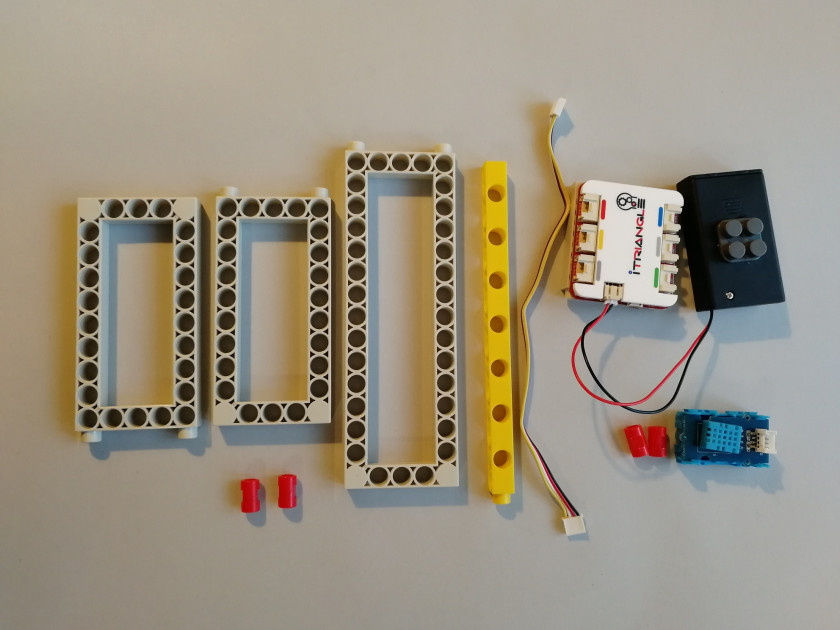
Introduction:
The relative humidity of air indicates the ratio of the instantaneous amount of water vapour in the air to the water vapour content of the air at the same pressure and temperature at full saturation. It is stated as a percentage (%). Relative humidity is dependent on the air temperature and the amount of water vapour it contains. The higher the temperature, the higher the amount of water vapour the air can absorb. Conversely, the lower the temperature, the less water vapour the air can contain.
The human body contains water in all its cells, its blood and tissue fluids. The body excretes water through breathing, sweating and passing urine. Water is replenished in the body through the intake of food and drink. The recommended daily intake of water is up to 3 liters. Without food, a person can survive for 14 days, without water, only a few days. This is why drinking enough water is very important.
Task:
Learn about the relative humidity of a place of your choice (your classroom, a corridor or outside) and compare it to the relative humidity measured in an open area with a bowl of water placed below the sensor, or a closed space with a bowl of water placed inside. At the end, you can check the humidity of your own breath.
Tutorial:
Step 1:
- Construct a simple stand with iTriangle online and connect the sensors and components as pictured below. Connect iTriangle online and upgrade its firmware by following these steps.
- Decide on a place where you want to make your measurements.
- Start the graphical measurements.
- Observe the measurements for the open environment and any changes in humidity.
- We can verify experimentally the dependence of relative humidity on the differences in parameters such as:
- the surface area of the water where we make our measurements
- the distance of the water's surface to our measuring device
- the temperature of the water's surface where we make our measurements
Step 2:
- Re-use the stand from the previous step.
- Fill the bowl from the plastic bottle with some water and place it under the sensor. Wrap everything into a polyethylene bag.
- Start your graphical measurements.
- Observe for changes in humidity in the closed environment.
- Water will evaporate and increase the relative humidity of the enclosed air until it is saturated with water vapour. A longer time is needed for these measurements. Compare and discuss the results of measurements from steps 1 and 2.
Step 3:
- Reuse the stand from the previous steps and remove the moisture sensor from the holder.
- Place the moisture sensor into a polyethylene bag and insert a straw so that one end of the straw is inside and one end is in the open air. Seal the bag.
- Start the graphical measurements.
- Blow air in through the straw continuously and observe the changes in the graphical representation of the closed environment's humidity.
- Write the results of your measurements into the table below:
|
Relative humidity of my breath |
Relative humidity of an open space |
Relative humidity above a freely placed bowl of water |
Relative humidity of a closed environment inside a polyethylene bag containing a bowl of water |
|
|
|
|
|
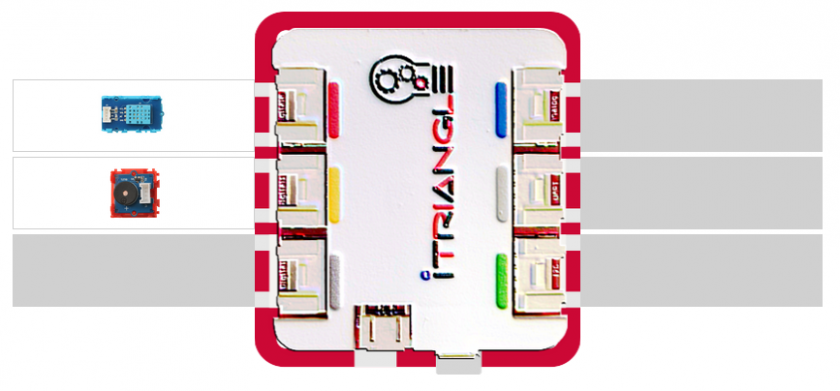
Step 1:
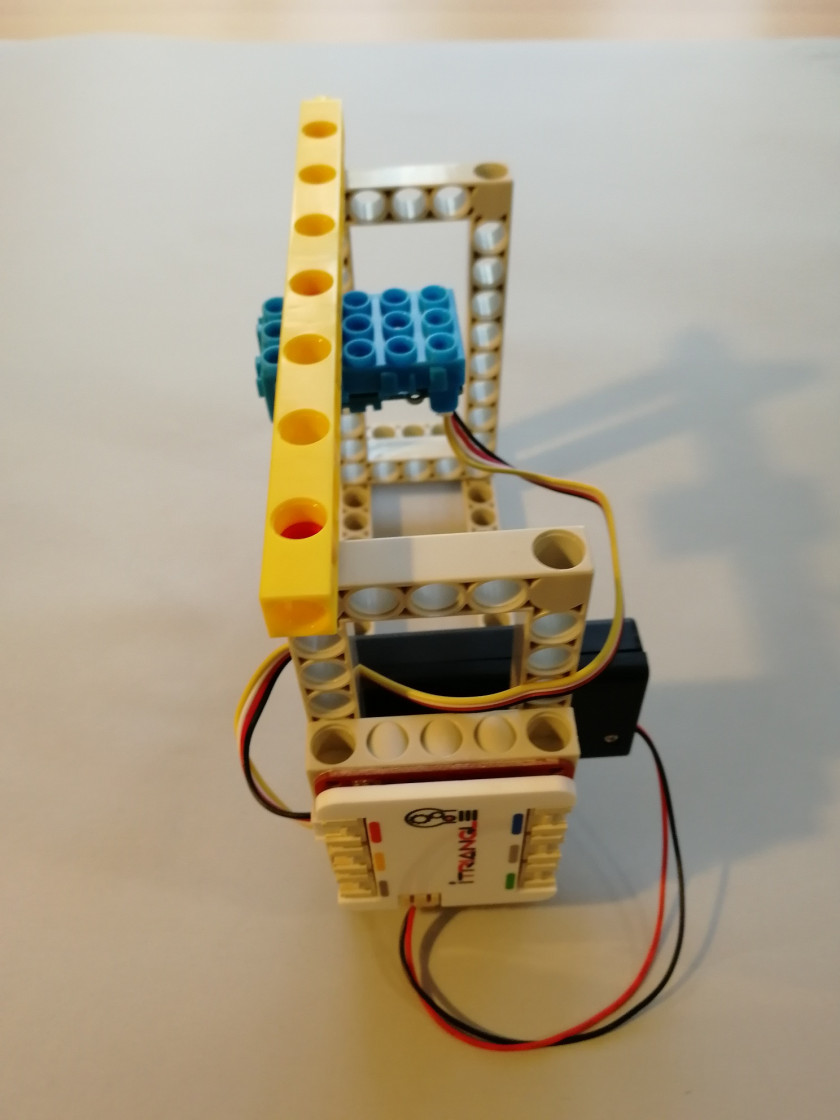
Step 2:
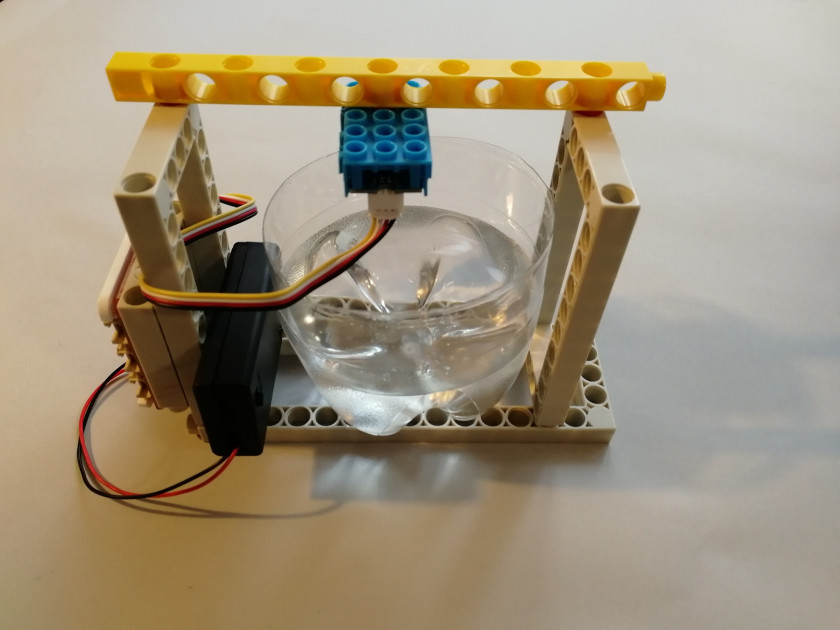
Step 3:
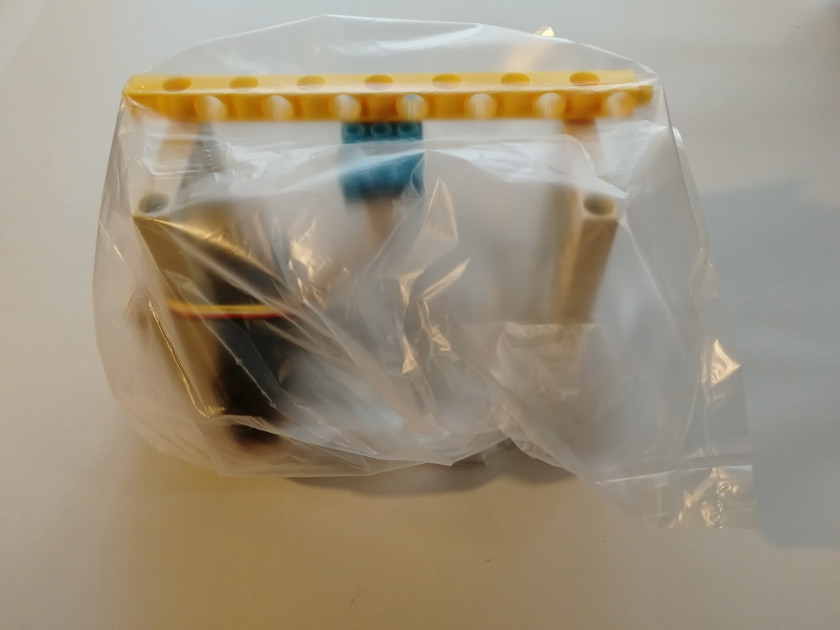
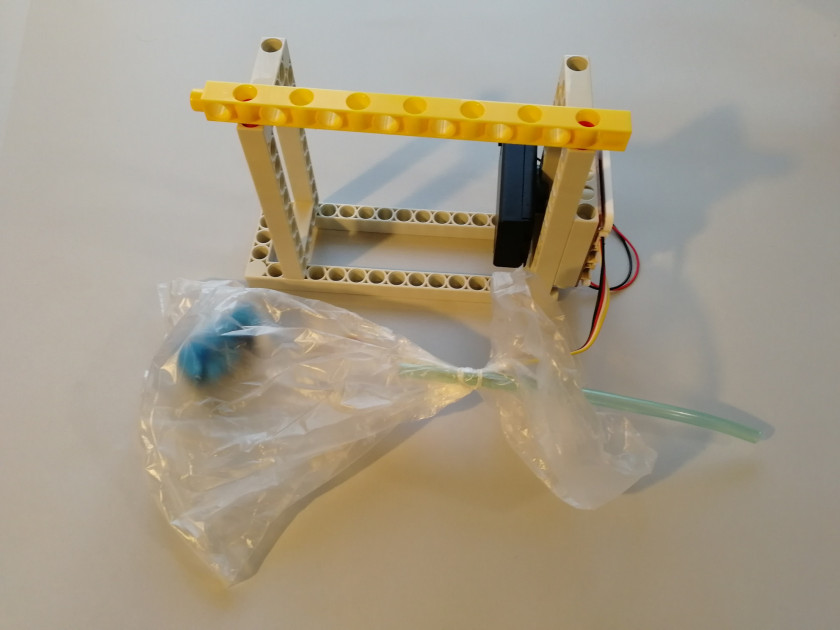
Extra mile:
Examples of good practice:
Technical notes:

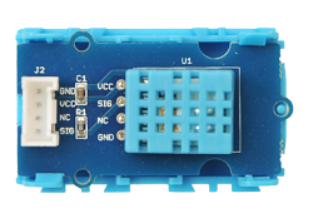
Žádné komentáře